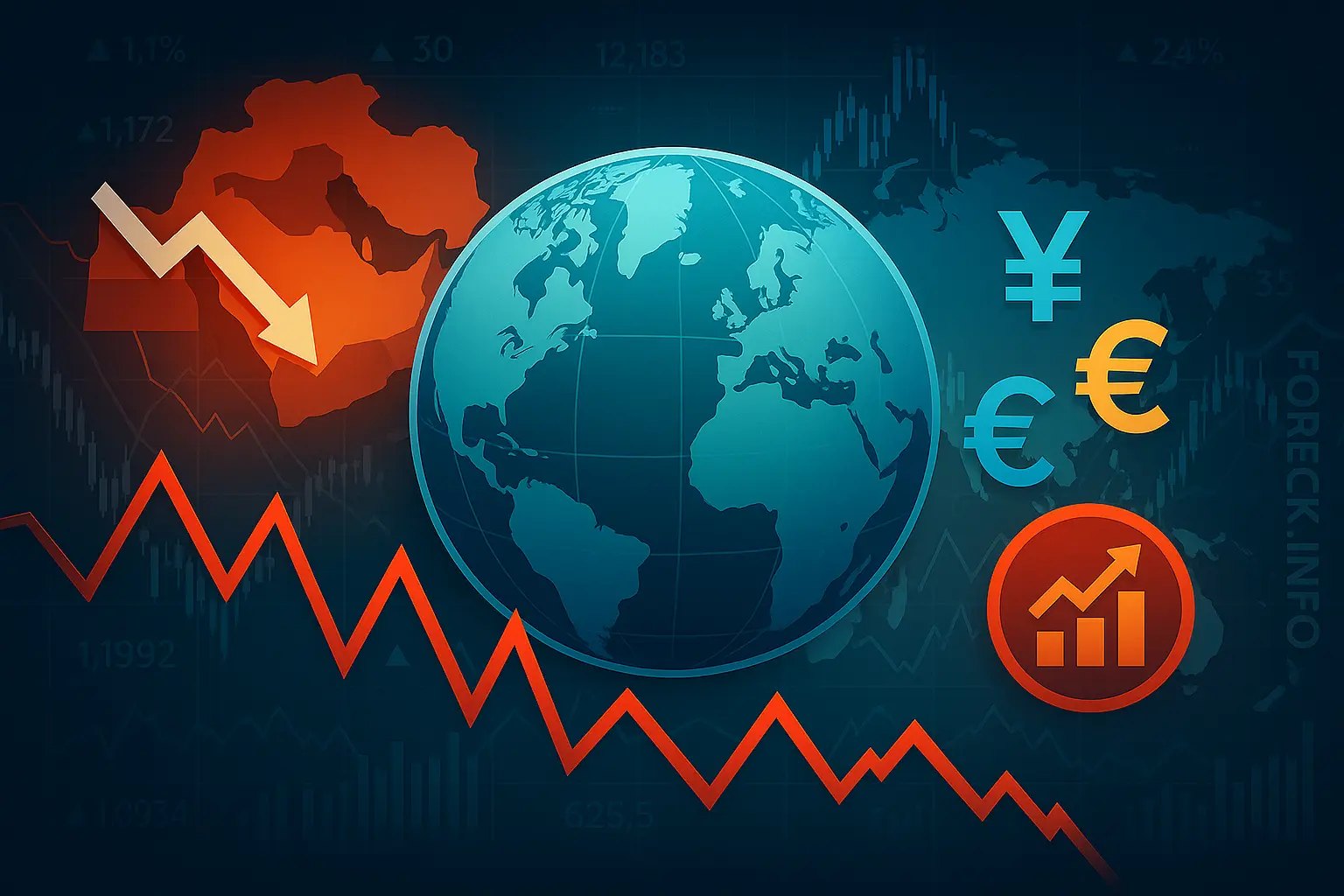Markets are also reacting to President Donald Trump’s firing of BLS Commissioner Erika McEntarfer over alleged data manipulation. Concerns are rising that such political intervention may undermine data quality and market trust.
Eurozone
The euro is weaker against the pound but trades sideways against the yen and dollar. The latest Sentix investor confidence index fell sharply in August, with the headline indicator dropping from 4.5 to –3.7, well below expectations. Current business conditions worsened and German investor sentiment slumped further. The recently concluded US-EU trade deal is viewed as a significant negative for European corporates, with experts calling the new tariff regime "truly damaging" for national business competitiveness.
United Kingdom
The British pound is strengthening versus the euro and dollar, while fluctuating against the yen. UK markets are closed for a holiday, but focus is on Thursday's Bank of England meeting. June CPI rose to 3.6% YoY (core at 3.7%), but May GDP shrank by 0.1%. Economists expect a 25 basis point rate cut in August and September, but policymakers may opt to hold steady as inflation and growth risks balance out.
Japan
The Japanese yen is trading mixed against major currencies. Prime Minister Shigeru Ishiba signaled readiness to introduce a supplementary budget to counteract the economic impact of US tariffs. A ¥10 trillion ($67.7 billion) stimulus could be put to parliament in September, requiring new bond issuance and adding to fiscal strains.
Australia
The Australian dollar is gaining ground on the euro and US dollar, with mixed performance against the pound and yen. July inflation data from TDMI showed monthly CPI rising 0.9% (from 0.1%), holding annual inflation at 2.4%. The rate sits firmly within the RBA's 2–3% target range, fueling market bets on at least two more rate hikes this year—in August and November.
Oil Market
Oil prices remain under pressure after OPEC+ members agreed to raise output by 547,000 barrels per day in September, fully rolling back previous 2.5 million bpd production cuts. Analysts at Goldman Sachs forecast actual supply growth from eight core cartel nations to reach 1.7 million bpd for the month.
Downward price pressure is somewhat offset by the looming risk of 100% tariffs on India and China for purchasing Russian oil. Still, most market observers doubt key consumers will abandon Russian supply, seeing limited risk of a substantial shortfall.

